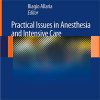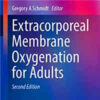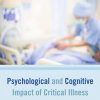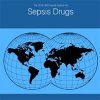Coagulopathy of COVID-19
journals.lww.comSevere acute respiratory syndrome coronavirus 2/coronavirus disease 2019 frequently induces hypercoagulability with both microangiopathy and local thrombus formation, and a systemic coagulation defect that leads to large vessel thrombosis and major thromboembolic complications, including pulmonary embolism in critically ill hospitalized patients.
d-dimers and fibrinogen levels should be monitored, and all hospitalized patients should undergo thromboembolism prophylaxis with an increase in therapeutic anticoagulation in certain clinical situations.
Coronavirus disease 2019 is associated with a strikingly high prevalence of coagulopathy and venous thromboembolism that may contribute to respiratory deterioration. Monitoring coagulation variables is important, as abnormal coagulation tests are related to adverse outcomes and may necessitate adjuvant antithrombotic interventions.
In the initial phase of the infection, d-dimer and fibrinogen levels are increased, while activated partial prothrombin time, prothrombin time, and platelet counts are often relatively normal.

















